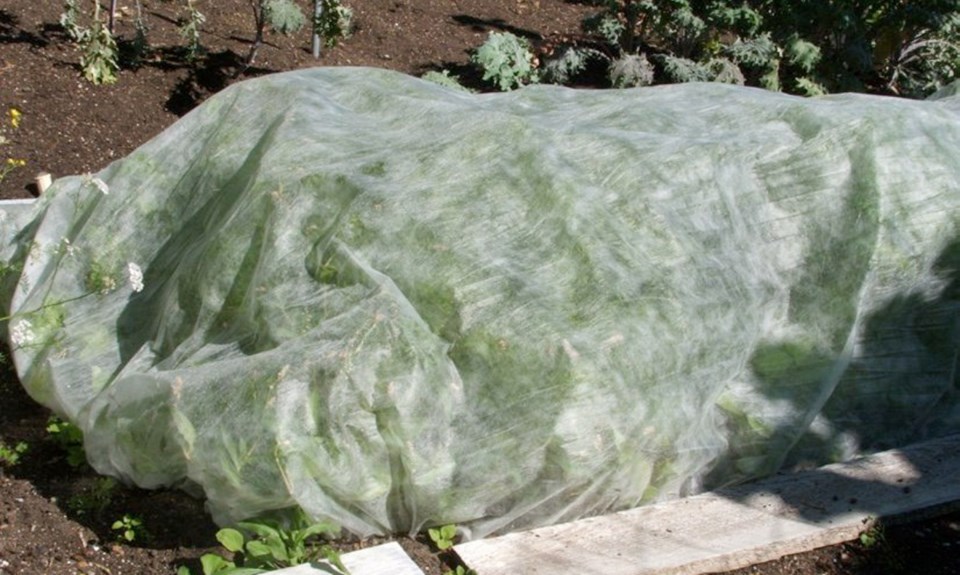Dear Helen: I’d like to delve into the colourful world of calla lilies. I’ve admired these beautiful flowers in pots and want to try a few. How are they managed? Are they strictly summer flowers, to be discarded in the fall, or can the pots be left out or stored for the winter?
I.L.
Dear I.L.: Though there is a calla lily (Zantedeschia) that is hardy, the coloured ones you have seen in pots are South African natives whose rhizomes are frost tender. You’ll find the rhizomes in spring at some local garden centres. The “flowers” are actually leafy bracts shaped like a slightly flared funnel surrounding a spike that houses the true flowers.
Tender callas are available in a broad range of vivid and subtle colours — orange, yellow, pink, apricot, red, dark mauve and purple-black. They are deciduous, which means the top growth withers in the fall.
These calla lilies can be planted in the open garden, where they add glamorous, tropical accents in flower beds or in among low evergreen plants.
As you have observed, callas are ideal for pot culture. Plant one rhizome in a 15-centimetre pot or three of one kind to a pot 25 to 30 centimetres wide, with the top of the rhizome within five centimetres of the planting-mix surface.
Water minimally during the rooting process, ideally at cool temperatures around 10 C. Water normally once top growth begins and set the pot(s) outdoors with warm spring weather. Select a location with light shade or filtered sun for the hot part of the day.
As foliage begins dying back in the fall, gradually withhold water. When the top growth has dried, clean it away and store the rhizomes in their pots in a cool but frost-free spot. Replant in fresh soil mix in the spring.
For in-garden planting, nestle the rhizomes into a shallow layer of moist, sterile planting mix, at room temperature, to initiate rooting and sprouting before setting them outdoors when the soil has warmed. Plant the rhizomes around 7.5 centimetres deep and 20 to 30 centimetres apart, in a garden site with well drained soil and where the plants will have some protection from the hottest sun.
Keep calla lilies amply supplied with water during the summer. Cut aging flowers off to encourage more new ones. On in-garden plants, remove top growth after the first light frost. Lift and store the rhizomes surrounded with lightly dampened vermiculite in shallow pots or boxes placed in frost-free storage.
��
Dear Helen: What width should I look for in a lightweight floating row cover to use for excluding insect pests from vulnerable vegetable plantings?
D.G.
Dear D.G.: The width of fabric required for securing into the soil around a planting needs to take into account the slack to be left to accommodate rising top growth, which will lift the fabric up as it develops. For the plantings I cover (carrots, beets, onions) I calculate a “lift” height of 45 centimetres. That height needs to be calculated for both sides of the bed, which means that a total of 90 cm needs to be reserved for a planting’s top growth.
Though bed widths can vary, a standard is 120 centimetres. That allows for fairly easy reaching into the bed centre from either side. To cover a 1.2-metre bed with floating fabric, with a 90-centimetre accommodation for top growth, you need a fabric 2.1 metres wide — the width of most floating row covers. But check before purchasing. I bought some once, to find the fabric was just 1.5 metres wide.
��
GARDEN EVENT
Native plant meeting. The Native Plant Study Group will meet on Thursday at 7 p.m. in Room D-116 of UVic’s MacLaurin Building. Aimee Pelletier, a restoration ecologist with Parks Canada, will present From Lawn to Lilies: Creating the Garry Oak Learning Meadow at Fort Rodd Hill. The woodland, rocky outcrop and wildflower meadow at Fort Rodd Hill are impressive examples of how to restore native habitats and bring back native blossoms. Drop-in fee for non-members is $5. Please note the parking cost of $2.50.



